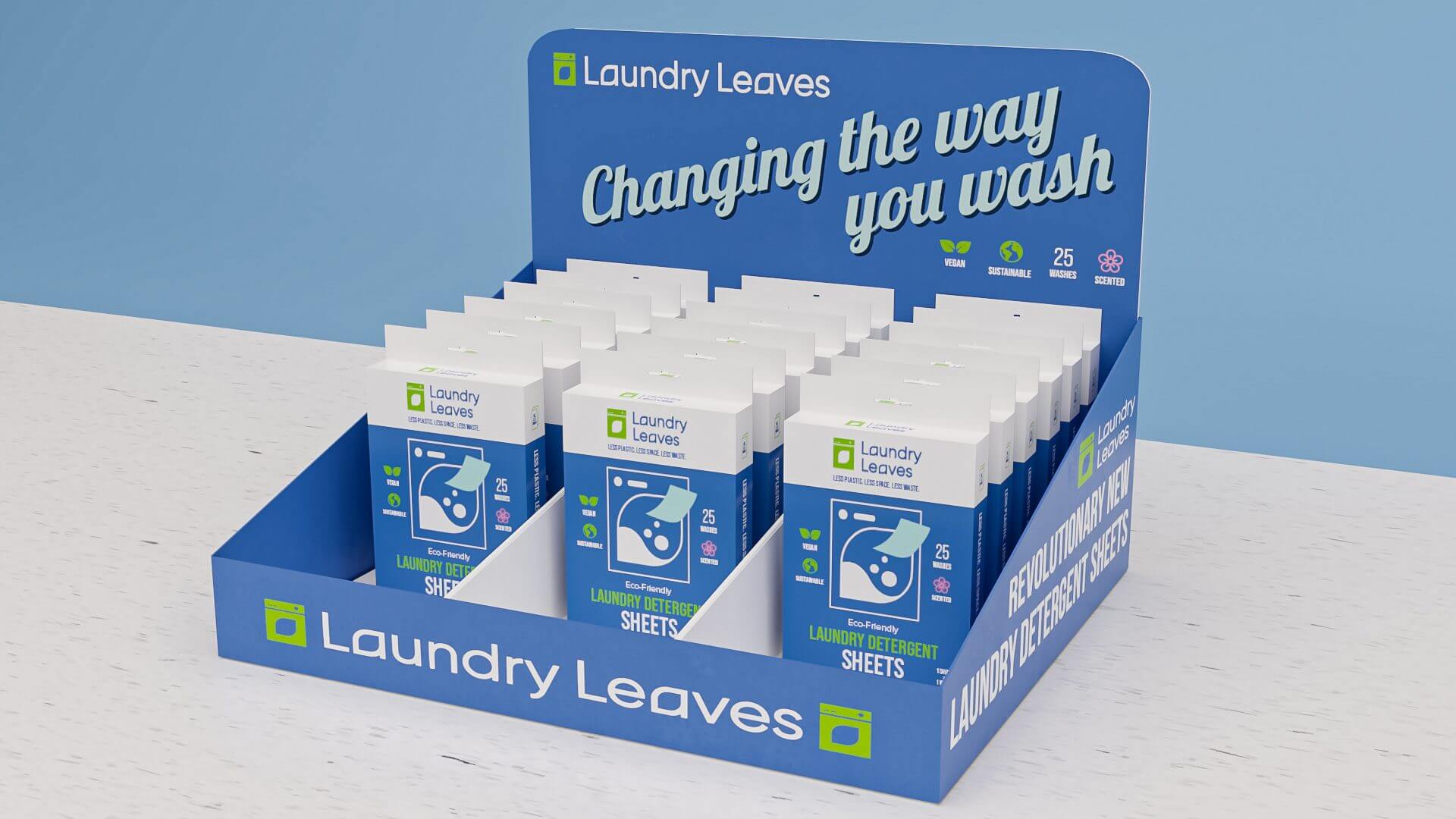The UK retail industry was most recently valued at £441 billion, and this figure is only set to grow in 2024.
Retail is one of the most competitive industries in the world, and businesses are constantly seeking new and innovative ways to get ahead of their competitors.
Point-of-sale printing has been, and always will be, a vital part of this strategy, offering businesses an impactful method to communicate with consumers in the minutes before they make a purchase.
But what is point-of-sale printing, and how is it used in retail?
What is point-of-sale printing?
Point-of-sale printing, also referred to as POS printing, refers to the design and printing of materials that are strategically placed around retail stores and at checkout.
These materials can consist of window posters, floor graphics, and hanging signs to attract customers, convey information and increase revenue.
While these printed materials may appear to be a simple sales tactic, in reality they transform your transaction point into an innovative marketing opportunity.
What is printed POS used for in stores?
POS printed materials are used in retail environments for various reasons, from influencing consumers to improving the shopping experience.
Some of the most common applications of printed POS include:
Promotions
Whether you have a special offer or a seasonal discount, POS printing helps retailers highlight these deals to encourage impulse purchases.
Brand identity
Printed POS is an excellent way of boosting your brand’s identity by clearly displaying your logo, colours and other branded elements to customers. In the long term, this will help to create a lasting impression and increase brand loyalty.
Product and services information
One of the best ways to quickly convey information about products is using POS printed materials. This might include the pricing, features and benefits to encourage a last minute purchase.
Campaigns
POS printing can be used as part of seasonal campaigns to help create a fun and festive atmosphere that allows customers to enjoy the shopping experience and consider extra purchases.
What are point-of-sale materials?
Point-of-sale materials are incredibly diverse, and can be tailored to be used at checkout and other areas within the store.
Here, we’ve detailed some of the most commonly found examples in most retail environments:
Flyers
This printable material can be handed to customers at checkout to inform them of current sales and available products. Doing so can help to boost sales while they are still in store, or encourage them to return to take advantage of future offers.
Brochures
Similar to flyers, brochures can be placed near the point of sale and effectively convey detailed information to customers about products and services to help them make a more informed decision.
Counter displays
Counter displays are often used by retailers near their checkout area to draw attention to smaller, less expensive products that customers can grab at the last second.
Counter displays can be made from cardboard, cartons or solid boards, making them easy to install and move around the store as required.
Floor graphics
In larger retailer environments, floor graphics are an effective way of guiding customers to select products. These POS materials help solidify your branding and act as a clear sign to convey information to customers.
Catalogues
Catalogues allow customers to quickly browse a wide range of products in-store and can serve as a reference for future purchases.
What is point-of-sale branding?
Point-of-sale branding is, as the name suggests, the incorporation of a brand’s visual identity within POS materials.
Branding your POS materials ensures that your brand is consistently communicated with customers from the moment they enter to the moment they make a purchase.
This includes the company logo, brand colours and fonts to ensure the overall brand aesthetic is unified and professional across all promotional materials.
What are the advantages and disadvantages of point-of-sale display?
Point-of-sale displays are used in every retail space worldwide, and for good reason.
There are a number of benefits to implementing printed marketing materials in your space, but there are also drawbacks, both of which we discuss here.
Advantages
- Impulse buys: Effective POS displays will help to trigger impulse purchases at the point of sale.
- Brand identity: POS branding will help to promote and reinforce your brand identity to increase your reputation and repeat business.
- Customer experience: POS materials that convey relevant product information will help create a positive shopping experience and instil confidence in your brand.
Disadvantages
- Cost: Having high-quality POS materials designed and produced requires additional costs you may not have budgeted for; however, for most businesses, it is an investment.
- Space: If you have limited space at checkout, pos materials can overwhelm the area and distract customers from making additional purchases.
In need of POS printing?
If you are interested in learning more about how we can help your business to design, print and supply your point-of-sale printing and design, then don’t hesitate to get in touch with our team today to discuss how we can supply engaging POS for your business.
Call Birch Print by dialling 0115 951 2468 or email us at [email protected]
Back to case studies


